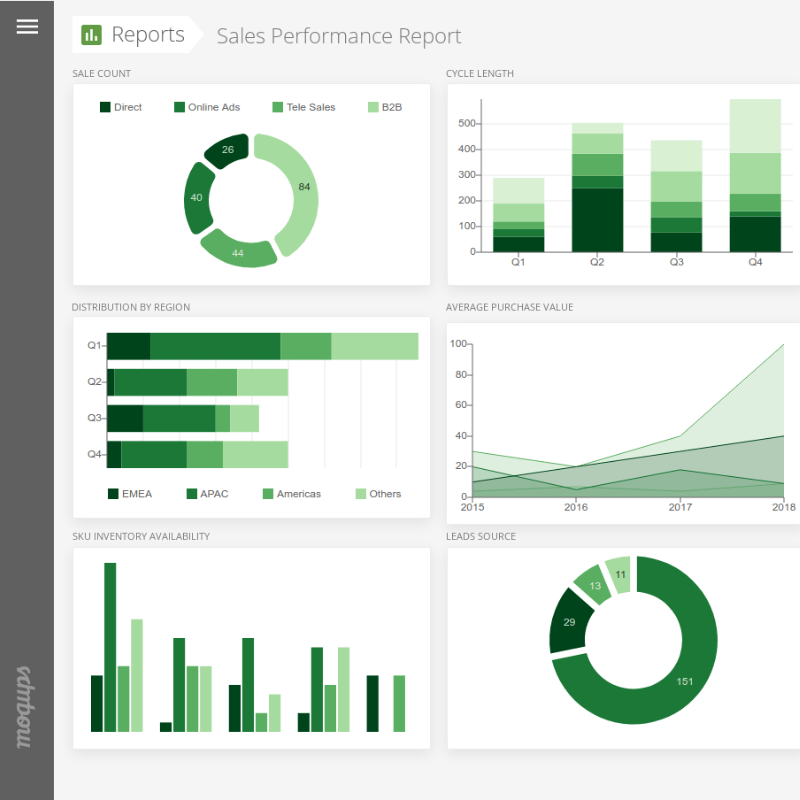If you’re thinking about building an information system from scratch, our UML class diagram template will help you formulate and organize all the specific elements required by the system. Discover how you can best use this template to create valuable class diagrams that will get your projects up and running in no time.
What is a class diagram?
A class diagram is a structural diagram used to describe the architecture of a system. It emphasizes the various classes that the system may contain along with their attributes, specific operations, or the relationships developed among objects in that system.
Software engineers use class diagrams regularly, as they provide detailed descriptions of all the elements required by the newly built system.
What are the components of a class diagram?
Class diagrams have three main constituents:
- Class Name - this is a mandatory section as it contains the name of the class
- Class Attributes - this is where all the attributes of a class can be found
- Class Operations - includes a list of operations that describe how a class interacts with data
No credit card required
Relationships in class diagram templates
There are also multiple types of relationships a class may develop with other classes. Here the kinds of interactions you can expect when working with our class diagram template:
1. The inheritance relationship
It is a type of parent-child relationship in which a level has at least one subclass. The child is connected to the parent through a solid line with a hollow arrowhead.
2. The simple association relationship
An association between two or more classes that are connected by a simple solid line.
3. The aggregation relationship
A type of relationship in which one class is part of the other. Some of the instances that appear in one class and are marked with * can be associated with the other class. A solid line joins the two classes with an empty diamond-shaped arrowhead connected to the class of composite.
4. The composition relationship
In this instance, the two classes cannot exist on their own and are connected by a line pointing to the class of composite with a filled diamond-shaped arrowhead.
5. The dependency relationship
A dashed line with an open arrowhead links two classes. Both depend on each other, as any changes made to one class will immediately affect the other.
Benefits of using a UML class diagram
Integrating UML class diagrams in an organization’s workflow brings a set of benefits that will have a positive impact on the projects they are associated with:
- Comprehensive data display data for simple or complex information systems
- Good understanding of a system’s architecture
- Accurate visualization of a system’s particularities and requirements which can then be communicated quickly to key stakeholders
Working with a class diagram template in Moqups
Regardless of your informational system’s level of complexity, when it comes to integrating a class diagram into your workflow, it’s essential to have access to all the necessary tools this type of UML diagram requires.
Our template comes with a set of UML stencils you can use to build efficient class diagrams. Apart from the Class stencil, you will also have the Package, Note, and Interface stencils at your disposal. You can also use a variety of diagram connectors to build any UML relationship. Don’t forget about our Sticky Notes - double click on any connector and start typing.
No credit card required








 Mind Maps
Mind Maps